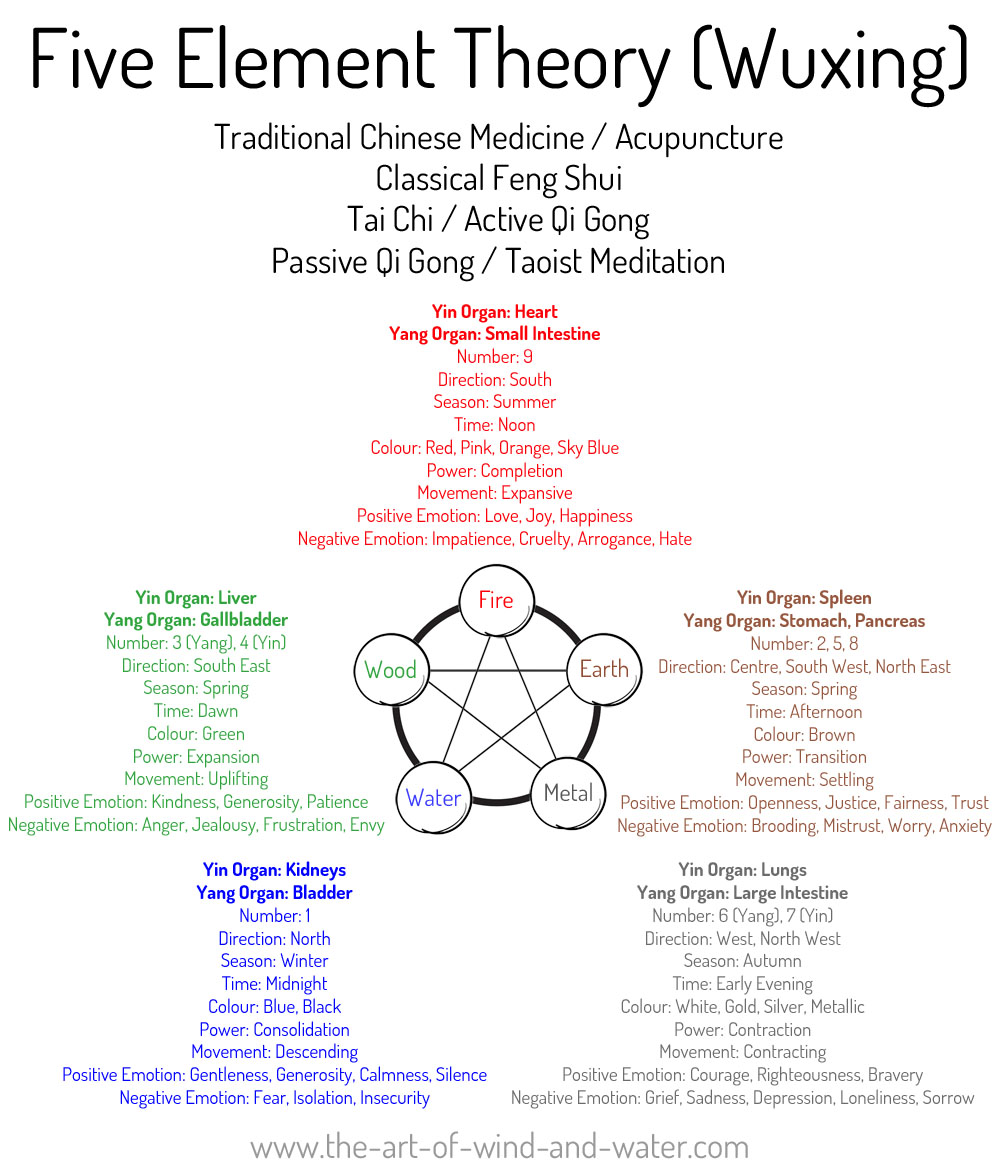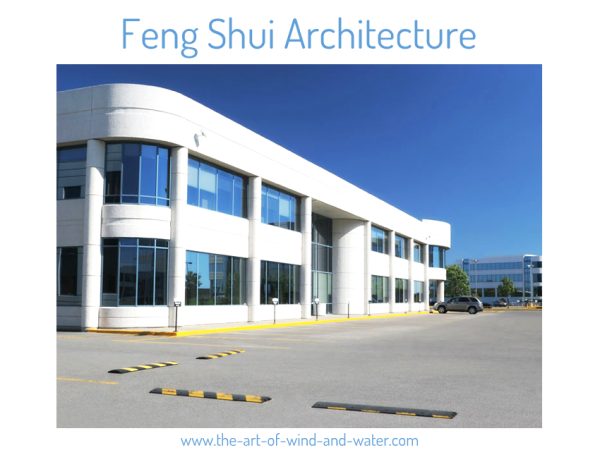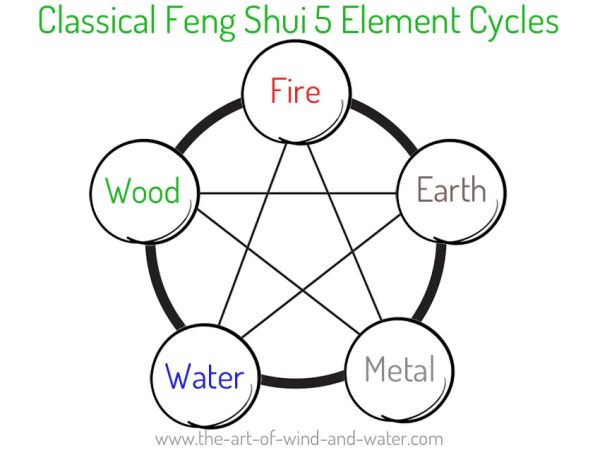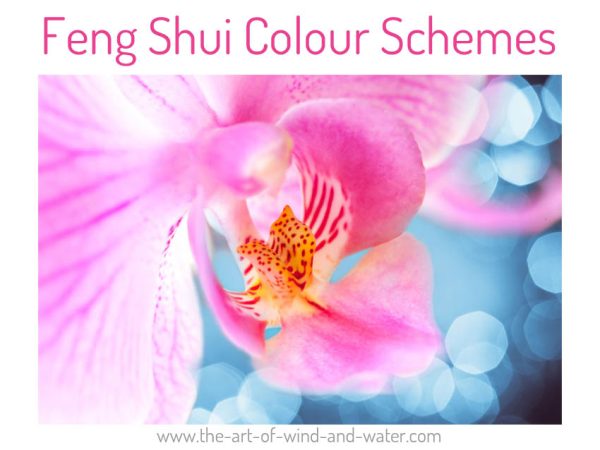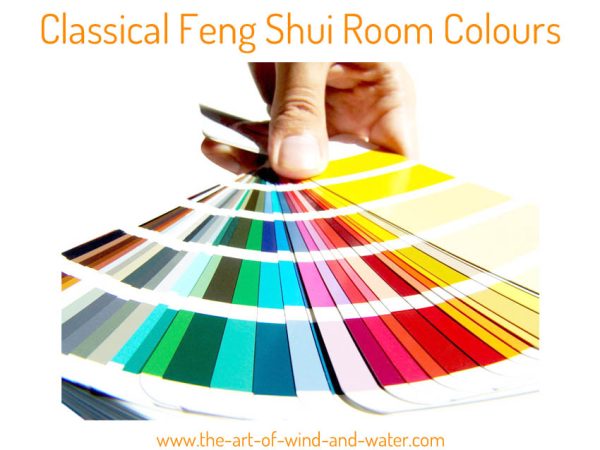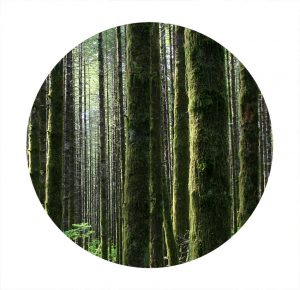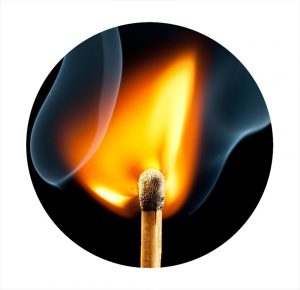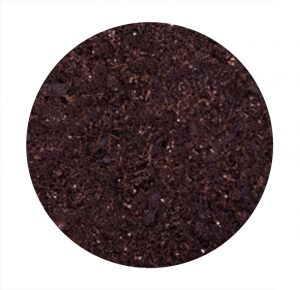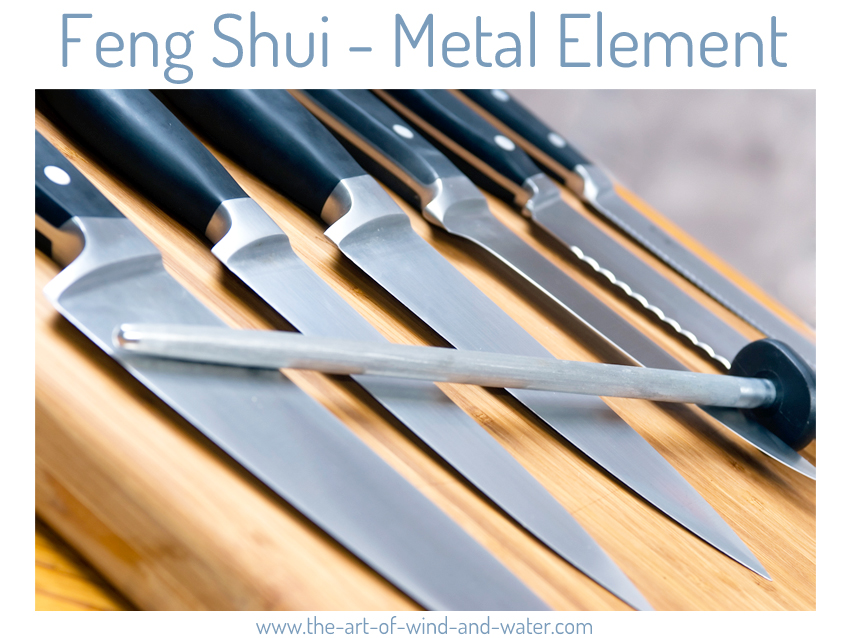
The Metal Element
Classical Feng Shui
Also known as ‘The Five Transformations’, these elements represent an aspect of time and the different states. Within your home the elements can be used with the Taoist Chinese Trigrams from the I Ching when looking at any missing areas in the plot or building shape. They can also be used with the Feng Shui Flying Stars when using the Lo Pan Compass to analyse the interior, they are then applied through a combination of materials, shape and colour. The following table provides a breakdown of the metal element; the essence, meaning & application in Classical Feng Shui and Taoist philosophy.
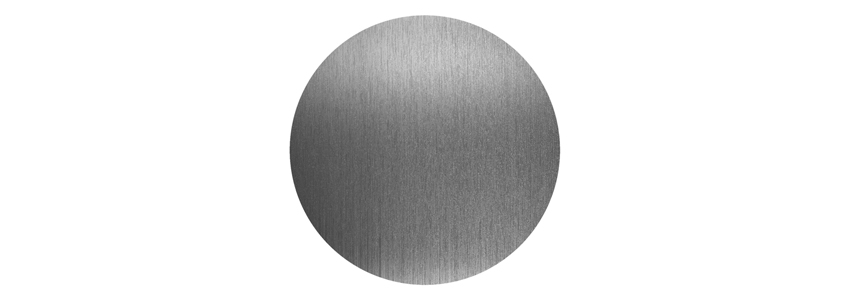
| Five Element Theory | The Metal Element |
|---|---|
| Associations | Contracted, Focused, Solid, Gather, Stay Indoors, Maturity, Wealth |
| Colours | White, Gold, Silver, Bronze, Metallic |
| Season | Autumn |
| Time | Early Evening |
| Direction | West, North West |
| Celestial Animal | Tiger |
| Yin or Yang | Yang, Masculine |
| Movement | Contracting |
| Power | Contraction |
| Flavour | Spicy |
| Sound | Crack |
| Weather | Cold |
| Climate | Dry |
| Age | Adulthood |
| Stage of Life | Degeneration |
| Organ | Lungs, Large Intestine |
| Exterior | Garden Furniture, Garden Accessories, Gentle Hill, Summit, Curved Roofs, Statues |
| Interior | Metal Furniture, Coloured Furnishings, Wind Chimes, Clocks, Round Picture Frames, Rounded Mirrors, Round Plant Pots, Golf Clubs, Metal Pipes, Metal Door Stop, Coins |
| Material | Iron, Gold, Silver, Stainless Steel, Aluminium, Brass, Bronze, Titanium, Pewter, Copper, Mined Minerals |
| Shape | Circle |
| Form | Semi-Circle, Rounded Edges, Dome, Arches |
| Building Material | Metal |
| Building Shape | Domed |
| Roof Shape | Domed, Round |
| Building Activity | Library, Restaurant, Sports stadium, Concert hall, Cinema, Theatre, Casino, Mall |
| Images | Coins, Jewellery, Metal Objects |
| Colours | Brilliant White, Silver, Gold, Brass, Bronze, Copper, Any Metallic Colour |
| Yin (Feminine) | Silver (Soft), Scissors |
| Yang (Masculine) | Steel (Hard), Axe |

The 5 Element Cycles and Relationships
The lungs are the metal element in Taoist philosophy. In the five element theory, the other four elements interact with the metal element. The concept of the five elements is to bring everything back into balance, each coexisting without dominance. Using the 5 element theory you can determine which of the five elements could be utilised to help strengthen, weaken, control or regulate the metal element. An example would be if the metal element was deficient, then the earth element would be used to support and the metal element would be used to strengthen. If the metal element was too strong, then the water element would be used to drain, or the fire element would be used to regulate.
5 Elements Architecture
In the surrounding environment, shapes in the landscape whether natural or built correspond to the five element theory. This article looks at buildings and the five elements: wood, fire, earth, metal, water.
5 Element Cycles
As with Yin Yang theory, the 5 elements also interact with each other and hold different relationships depending on which element is in focus. Read more about the constructive cycle, the draining cycle, the insulting cycle and the deconstructive cycle.
5 Element Colour Schemes
The history of colour is rooted in ancient times, religion and culture. There are many colour schemes and colour associations from varying corners of the globe. Here are the three main groups; Western, Eastern and Feng Shui.
5 Elements Room Colours
Each colour is associated with one of the 5 element theory and can be applied as a remedy for the Flying Stars compass school analysis of a home layout.
